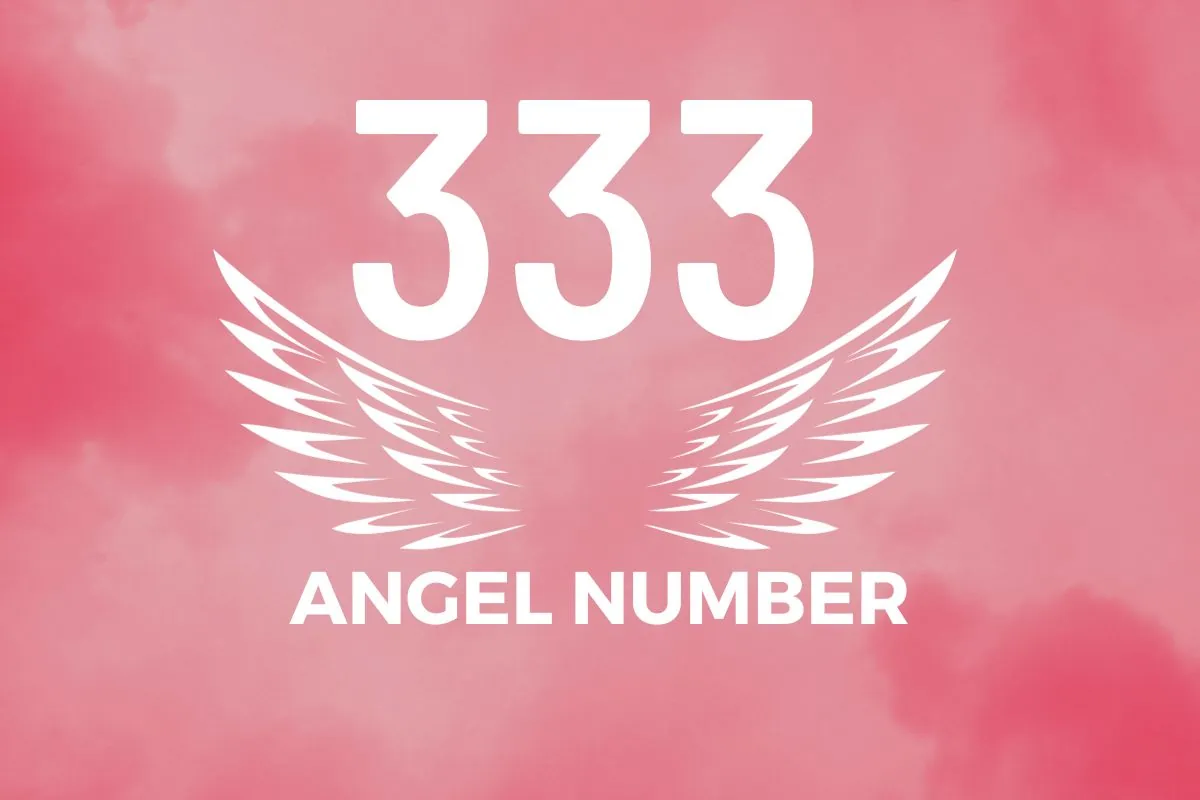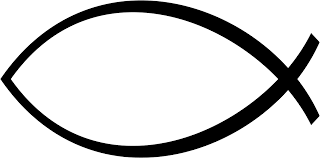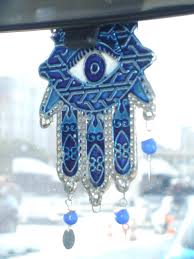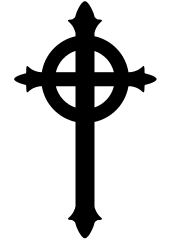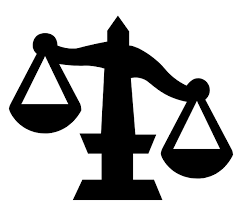
Buddhist symbol
| Symbol | Buddhist |
| Religion | Buddhism |
| Origin | The symbol originated from ancient Indian and East Asian Buddhist traditions. |
| Meaning | The symbol represents the Dharma Wheel, or Dharmachakra, which signifies the path to enlightenment and the teachings of the Buddha. |
| Appearance | The Dharma Wheel typically consists of a central hub, spokes radiating outward, and a circle, representing the cycle of birth, life, death, and rebirth. |
| Colors | Colors may vary, but common representations include gold or yellow for enlightenment and red for the Buddha's teachings. |
| Usage | The symbol is used in Buddhist art, scriptures, and as a general emblem of Buddhist philosophy. It is also commonly found on Buddhist flags. |
| History | The Dharma Wheel has a long history, dating back to the time of Siddhartha Gautama, who later became the Buddha. |
| Popularity | The symbol is widely recognized and used in Buddhist communities worldwide, gaining popularity as a universal emblem of Buddhism. |
| Importance | It holds immense importance in Buddhism as a visual representation of the Buddha's teachings and the Eightfold Path leading to enlightenment. |
| Complexity | While visually simple, the Dharma Wheel encapsulates profound philosophical concepts, adding depth to its simplicity. |
| Emotions | The symbol evokes a sense of peace, enlightenment, and the continuous cycle of spiritual growth in the pursuit of inner harmony. |
The most common Buddhist symbol associated with peace is the swastika, also known as the manji. It is an ancient symbol that has been used in many cultures around the world for centuries. In Buddhism, the swastika represents the auspicious footprints of the Buddha and the Four Noble Truths, which are the foundation of Buddhist teachings. The four arms of the swastika also represent the cycle of rebirth, and the dot in the center represents the unchanging truth.
The swastika is a complex symbol with a long history, and its meaning can vary depending on the context in which it is used. It is important to be aware of the different meanings of the swastika, especially in light of its use by Nazi Germany. However, for Buddhists, the swastika remains a powerful symbol of peace and hope.
Here are some other Buddhist symbols that are associated with peace:
- The lotus flower: The lotus flower grows in muddy water, but produces beautiful and fragrant flowers. It is a symbol of purity, enlightenment, and spiritual growth.
- The Dharma wheel: The Dharma wheel represents the teachings of the Buddha. It has eight spokes, which represent the Eightfold Path, which is the path to enlightenment.
- The stupa: The stupa is a mound-shaped monument that contains relics of the Buddha or other important figures. It is a symbol of peace, enlightenment, and impermanence.
View rest of the Buddhism Symbols, Religious Symbols
-
444 angel number
-
333 angel number
-
222 Angel Number
-
Christianity
-
Catholic Fish
-
Hamsa Hand
-
Jesus Cross
-
Presbyterian
-
Judgement

